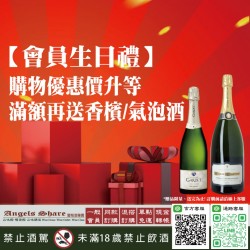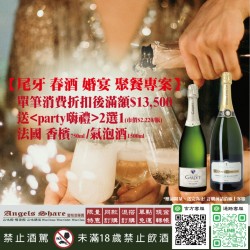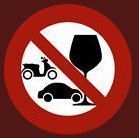同款商品特價
德班丘酒莊 梅洛紅酒
DURBANVILLE HILLS Merlot
商品編號:13F040002-15A230026
售價:$ 650/瓶
南非-德班丘酒莊-德班維爾產區-梅洛紅酒
DURBANVILLE HILLS Merlot ,W.O. Durbanville, South Africa
產區/Region:Durbanville, South Africa
品種/Grapes:100% Merlot
酒質/Tasting Notes: 強烈的寶石紅色澤。酒的口感存在於葡萄的果香和木材丹寧之芬芳並取得柔順和平衡,留下了完整的草莓尾韻, 覆盆子之紅色果實。強勁厚實的酒體。
A full-bodied, mouth-filling wine with berry fruit, rich dark chocolate and silky tannins.
酒精濃度/ Alcohol:13.4%
適飲溫度/ Serving temperature:16-22°C
建議搭配/ Food matches: 適合搭配紅肉,野味和砂鍋。An ideal companion to red meat, venison and casseroles.
得獎紀錄/Score:
所有產品之價格、年份、外觀皆以實際產品為準,建議購買前來電確認。
酒廠 winery 發表品酒心得
實際的山丘本身沒有被提及是德班維爾山,而是作為Tygerberg或“豹山”。這個名字是約當早期的普移民在十七世紀中葉被稱為小山Gevlekte Luipaartsberg(斑豹山),因為它們是由土著灌木覆蓋的山丘錯落有致的條紋效果提醒豹皮的。這個名字後來改為Tygerberg,但由於我們的產品範圍入門級葡萄酒都是由這種獨特的風景線形狀,我們選擇堅持的名字,德班維爾山,因為它最能反映波瀾壯闊的多樣性。
Wine has been made in the Durbanville area from the end of the 17th century but it wasn’t until the late 1990s when Durbanville Hills Wines was established. Seven grape farmers and Distell agreed to build a cellar as part of a joint venture to make their own wine and today there are nine member producers.
Durbanville began as an "outspan" (resting place) area named Pampoenkraal that became a meeting place for early travellers, transport riders and local farmers. In 1685, one of the farms in the area, Roosboom, so impressed Governor of the Cape, Simon van der Stel that he noted it for posterity. At the time of his trip, the first farmers had been in the region around the spring and the pan for over twenty years. The spring became a popular resting place during the early 18th century. Travellers to and from the coast would stop here to replenish water and food supplies, creating a demand for fresh meat and a market for cattle farmers. Soon cattle farming was supplemented with wheat production. Not long after, the first vineyards were planted and within a decade most farmers were producing enough wine for themselves and their dependants. As early as 1702 the first surplus of wine was recorded among the producers and could very well have resulted in the first sales of wine from the region. This small village developed over time and was named Durbanville in 1886.
The actual hills themselves are not referred to as Durbanville Hills but rather as the Tygerberg or "Leopard Mountain". This name came about when the early Cape Settlers in the mid-1600s called the hills Gevlekte Luipaartsberg (Spotted Leopard Mountain) because they were reminded of leopard skin by the striped effect of the patchwork of the indigenous shrub covering the hills. This name later changed to Tygerberg, but since our range of entry level wines are shaped by this unique landscape, we chose to stick to the name, Durbanville Hills as it best reflects the magnificent diversity.


















 未 滿 18 歲 禁 止 飲 酒
未 滿 18 歲 禁 止 飲 酒